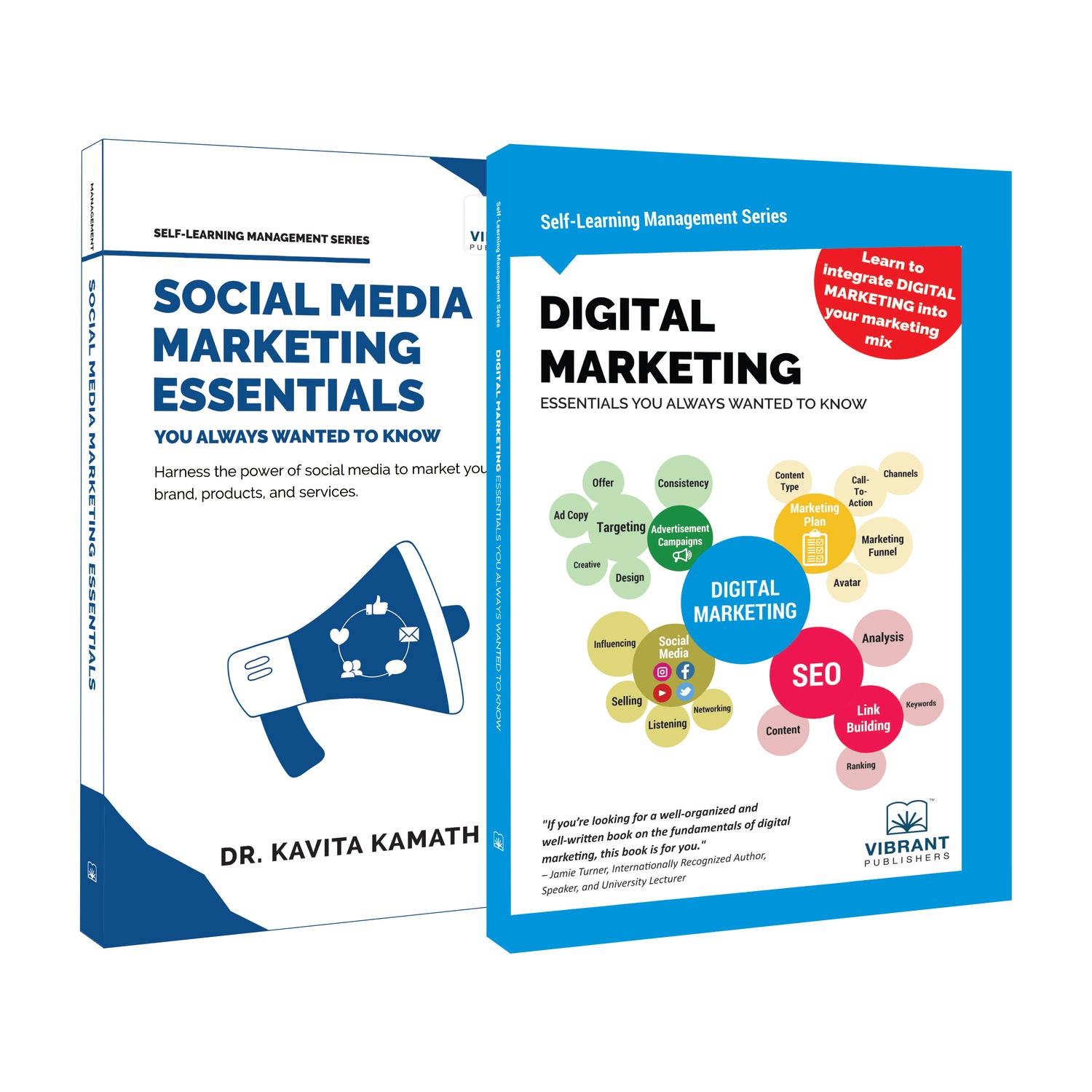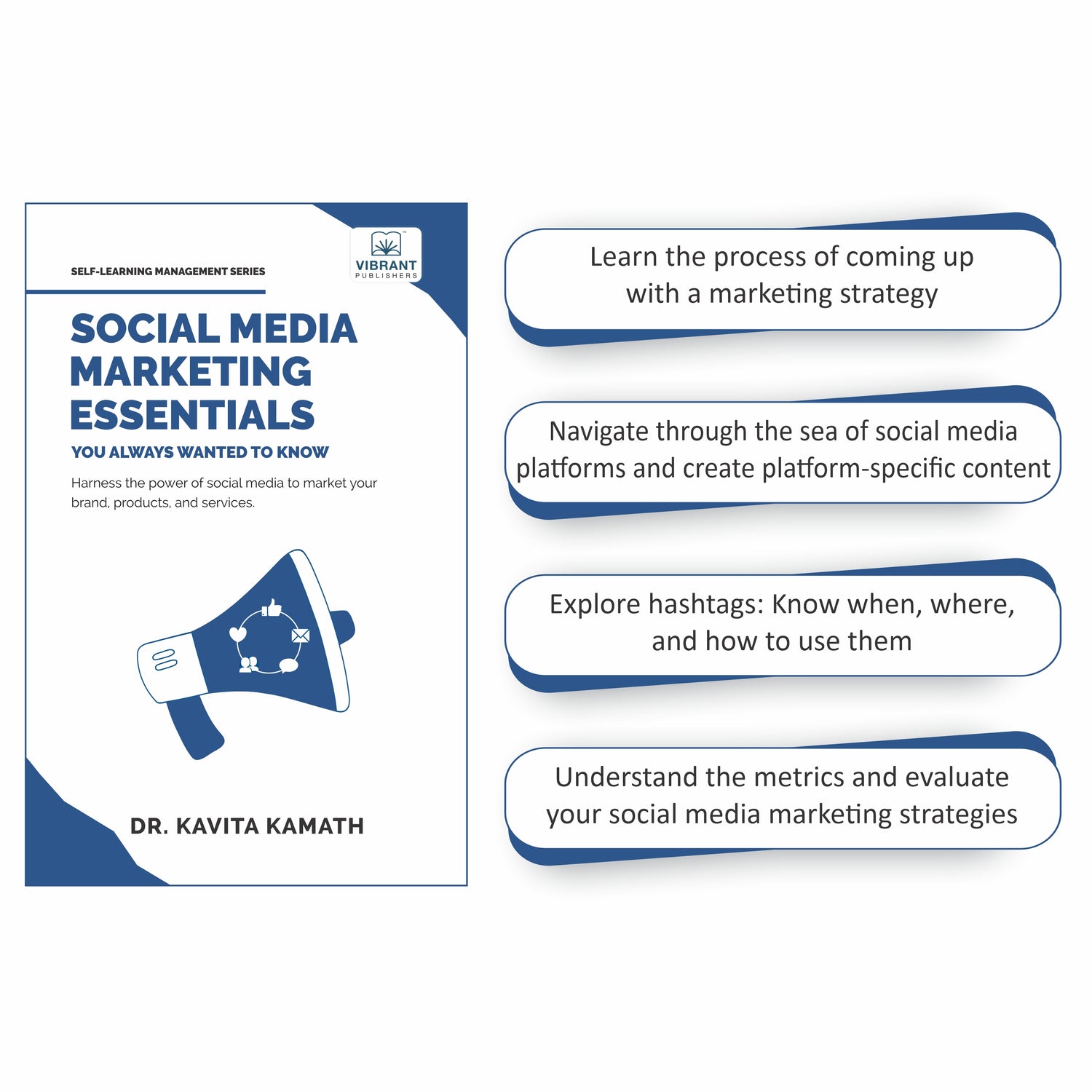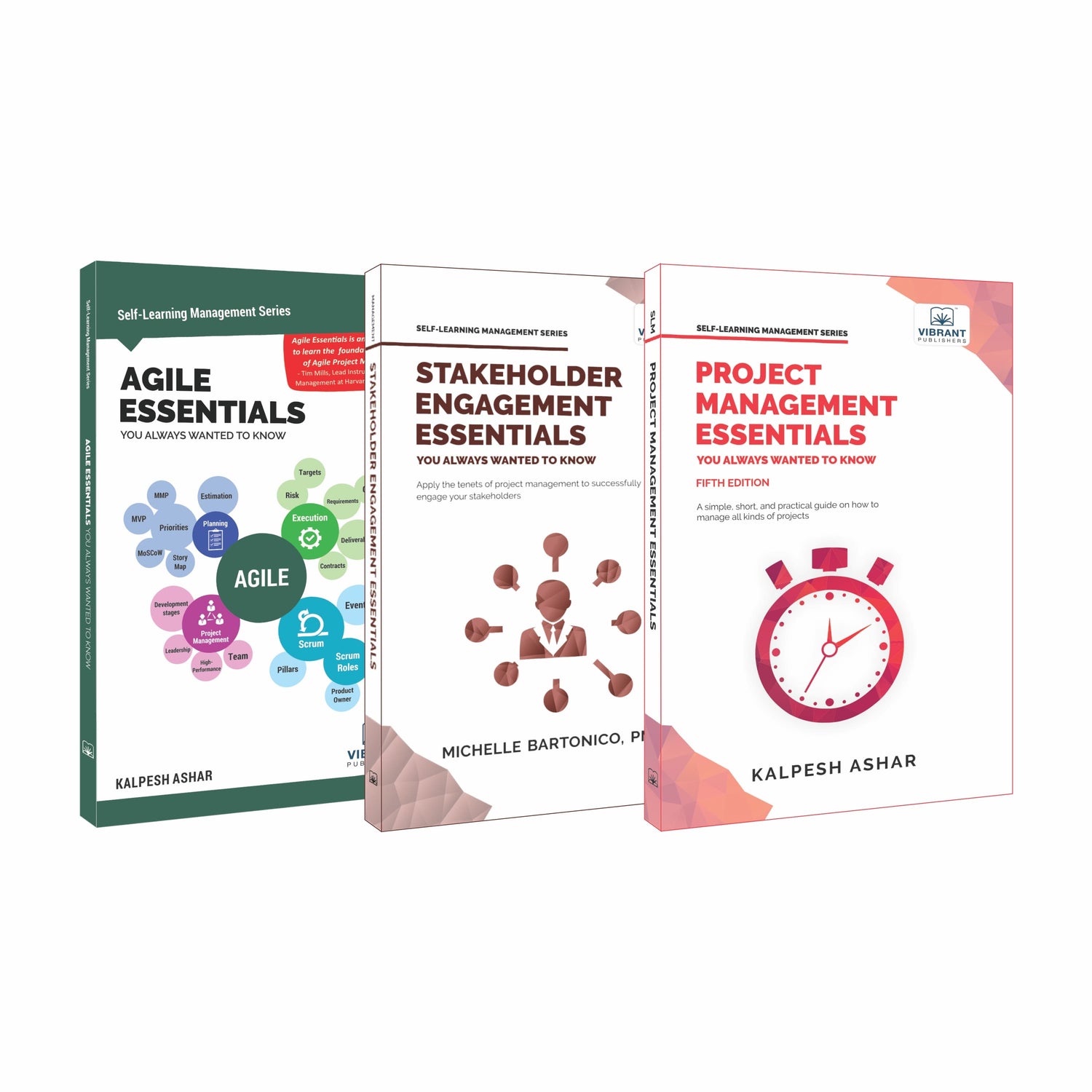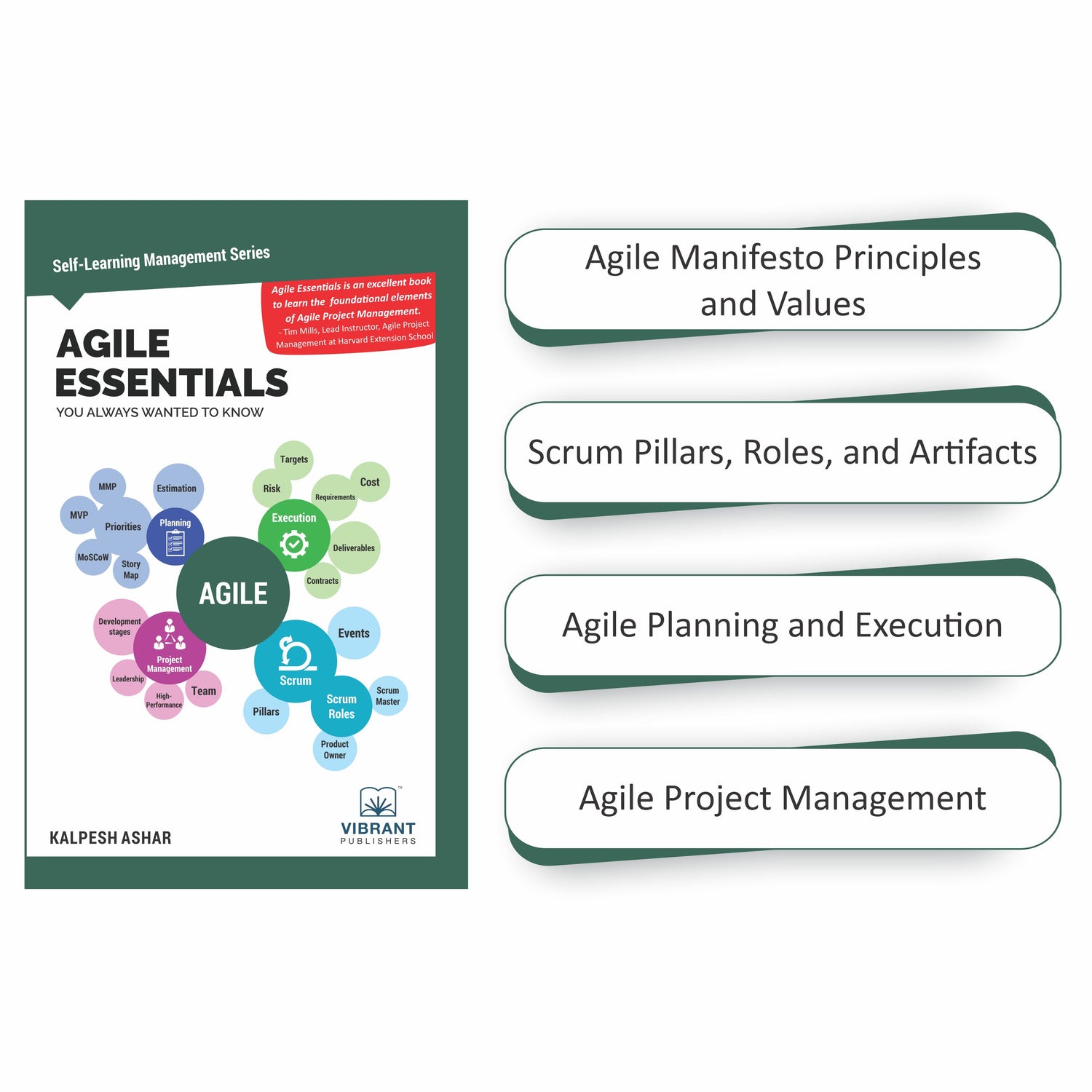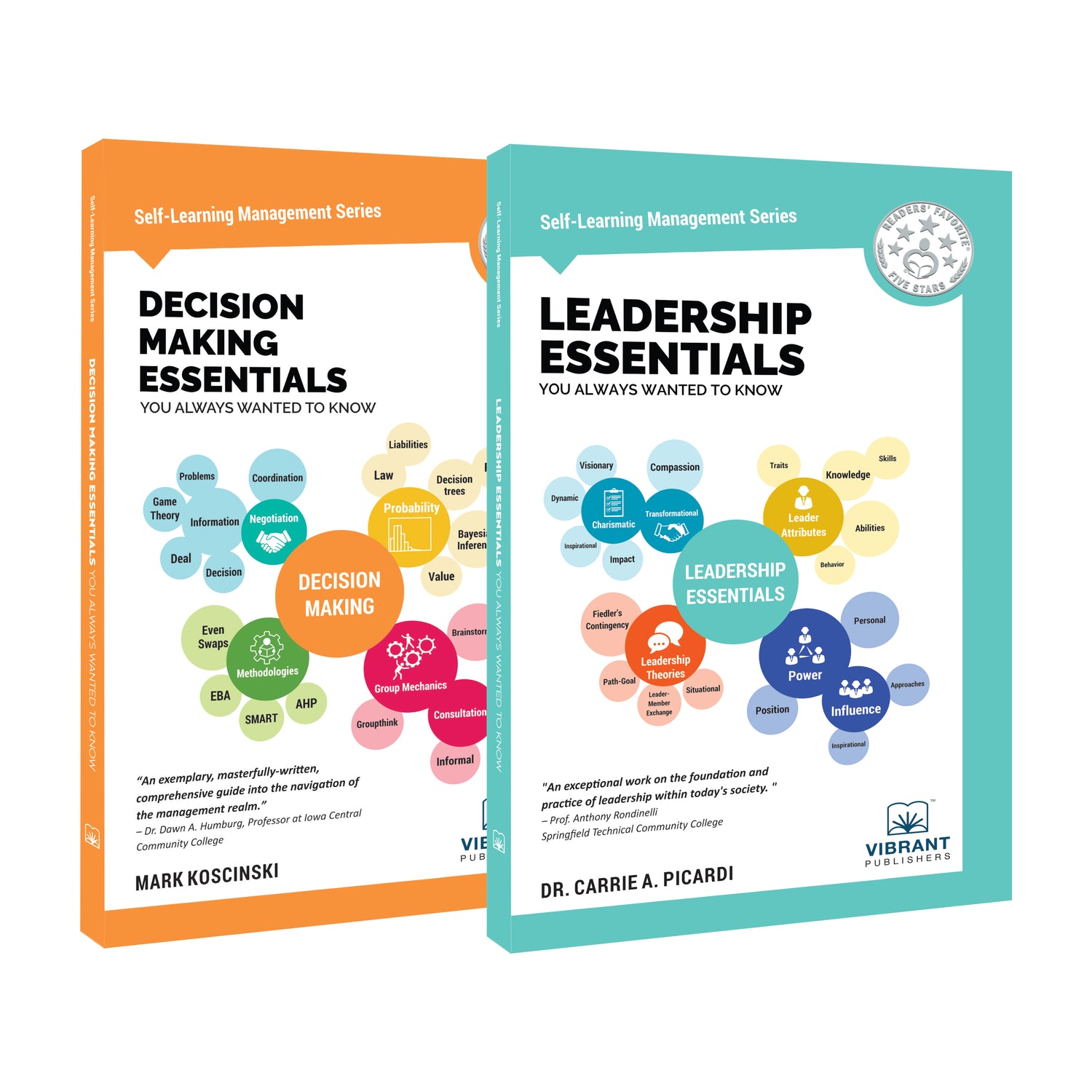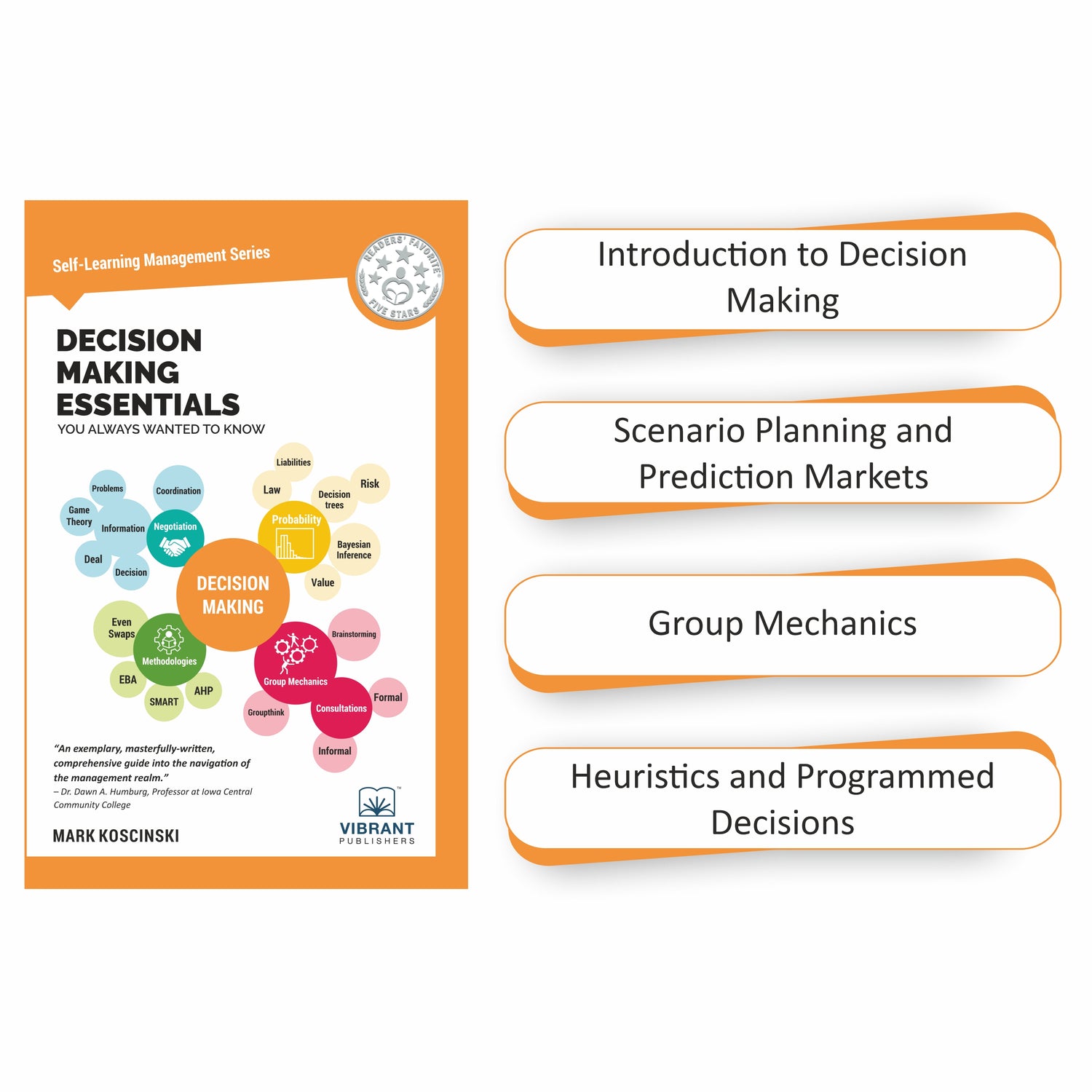Home
-
Blogs on Operations and Project Management
-
Six Steps To Help You Land Your First Product Management Job

Six Steps To Help You Land Your First Product Management Job
Product management can be simply defined as the process of managing the lifecycle of a product/service. It encompasses planning, developing, launching, and managing the growth of the product/service. Product managers, in collaboration with other teams within an organization, are solely responsible for overseeing the entire process of product management, from the ideation of the products/services to their development and release in the market.
Is product management a great career for me?
Product management is considered one of the most promising careers in recent years. In addition to its high level of occupational satisfaction, it also comes with high remuneration. Moreover, Product Management is a career that you can switch into from any discipline or role. All you need is subject matter expertise and a few additional skills.
A step-by-step guide to begin your career in Product Management
Many beginners who aspire to become product managers or want to change careers and transition into product management often wonder what steps to take to land their first job. Here is a step-by-step guide for anyone whose ambition is to one day clinch the admirable position of a product manager:
STEP 1: Build background knowledge:
The very first step is to build your background knowledge. What kind of subject-matter expertise do you have? You'll be intrigued to know that product managers come from different disciplines. Some are engineers whereas some are computer scientists, biologists, educationists, lawyers, and even pharmacists and medical doctors. The course you studied at the university was meant to prepare you to become a subject matter expert. You can now use your background and subject matter expertise to get the role of a product manager in that field. So, if you have studied pharmacy, for example, you can become a product manager at a pharmaceutical company.
STEP 2: Develop your product management skillset:
To become a successful product manager, you will need to possess a combination of both hard and soft skills. These include technical and research skills, communication, problem-solving, negotiating, critical thinking, and analytical skills, among others. Product management is a dynamic field, and you will be required to research and design product ideas, analyze data, organize meetings, and clearly communicate your findings with other team members. Without conceptual knowledge and these skill sets, it may be practically difficult to become top-notch.
You can check out various resources available to enhance your skills and upgrade your conceptual knowledge. Take a look at the section “Your ultimate product management resource” at the end of this blog.
STEP 3: Get certified as a product manager:
Not many universities globally offer “product management” as a major course. So, whatever course you may have studied, you may still need to get certified as a product manager for value addition. In the United States, some universities, such as Berkeley and Stanford, have about 10- to 12-week product management certification courses. Other independent organizations offer product management certifications, such as Product School, AIPMM, Pragmatic Institute, etc. If you are not in the USA, it is also possible to get certified by your local universities/institutes that offer product management certification courses.
STEP 4: Build your product management portfolio:
It is time to build your product management portfolio, which is a file that contains relevant examples of work you will be doing if you are hired as a product manager. If you are already a product manager and want to seek an opportunity at another organization, all you need to do is compile the relevant product management projects you have worked on. However, if you are a new entrant into the profession, you may want to provide a hypothetical product management portfolio. This entails that you choose a case study, research it, analyze the outcomes of your research, and present your findings in a vivid and understandable manner. For instance, you may want to produce a hypothetical product management portfolio on how you will solve a technical problem of a tech product, say Apple, Inc.’s iPhone or Microsoft’s Windows. State the product, communicate your solutions to the identified problems, and explain in detail how this can be achieved. When applying for product management jobs, you must include your product management portfolio with your resume to get recruiters’ attention.
STEP 5: Establish a solid network in the field:
Having made the above-mentioned preparations, it is obvious that you are ready to clinch your first job as a product manager! Surprisingly enough, for every product manager job advertised, there are several other aspiring candidates like you who are anxious to get it. However, the only option that can get you to your dream job quickly is networking with product managers who are already in the field. You can join a local product management group that is open to all certified product managers. Otherwise, you can sign up for membership in one or two product management associations. These associations may offer paid and unpaid memberships. When you interact with professionals who know more about you as far as product management is concerned, you will be properly mentored and advised about how to go about getting your first product management job or transitioning to a better-paying one. One of the secrets in this field is that many of the current product managers were recommended to the positions by other professionals they had networked with. Sometimes, when there are vacancies in some organizations, professionals use their networks to find good and knowledgeable people to fill those jobs, which means they won’t advertise them at all.
STEP 6: Apply and get your first product management job:
After applying to some product management job adverts or being recommended by one of your networks, you are on your way to getting your first product management job. When this happens, the clock starts ticking for you to develop yourself as an all-rounder product management professional. There are a lot of new things to learn on the job. If you are transferring from one department in your organization to the product management department, you can utilize your existing knowledge to perform brilliantly in your new position.
Your ultimate product management resource
To learn more about product management and how you can master it, check out my recent publication, Product Management Essentials You Always Wanted to Know! This book contains all the necessary, helpful information you will ever require as a beginner or an entry-level product manager. As a career-long guide, you will find all the practical steps you will need to master every area of product management in Product Management Essentials, equipping yourself with essential pieces of information that will eventually help you become a successful product management professional.

Book cover of Product Management Essentials You Always Wanted to Know
This blog has been written by Chintan Udeshi, the author of Product Management Essentials You Always Wanted to Know.

Chintan Udeshi, author of Product Management Essentials You Always Wanted to Know
Also Read
Four management skills you can ace while you are at home
Top Tips for Cracking Your First Job Interview
3 Top Ways to Pick Books for Career Growth
Learn more about the book Product Management Essentials here:
Product Management Essentials You Always Wanted to Know
Vibrant Publishers' New Book Equips Aspiring Product Managers With Must-Have Real-World Skills
Share



